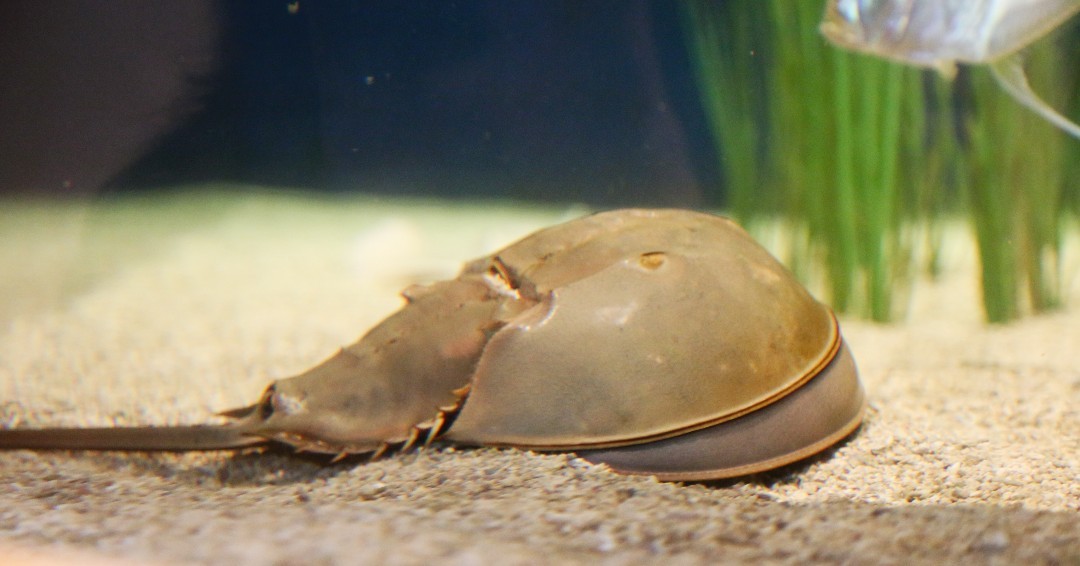– Growth and molting process of horseshoe crabs
– Lifespan and environmental impact of horseshoe crabs
– Role in medical research and pharmaceutical use
– Conservation efforts and challenges for horseshoe crabs
– Importance of public awareness and sustainable management
Horseshoe crabs are marine arthropods that have roamed the Earth’s oceans for an extremely long time—around 450 million years, to be exact. Despite their name, horseshoe crabs are not true crabs but are more closely related to arachnids, like spiders and scorpions. One of the most fascinating aspects of these creatures is their growth process, which is intricately tied to the act of molting. They do not reach full maturity until about age ten, and unlike most animals whose skin or exoskeleton stretches or grows with them, the rigid carapace of horseshoe crabs does not. Therefore, they undergo a series of as many as 16 molts before they are fully grown.
Horseshoe crabs grow by molting, a critical life cycle phase when they shed their entire exoskeleton. The growth process is gradual and regulated by hormonal changes and environmental conditions. A juvenile horseshoe crab starts its life small and vulnerable and must go through consecutive molts as it grows. Between molts, the crab grows a new, larger exoskeleton beneath the old one. When ready to molt, the crab absorbs water to expand its body, splitting the old exoskeleton and allowing it to withdraw from the shell. Emerging soft and pale, the horseshoe crab then has a brief period during which its new carapace hardens and darkens, offering more substantial protection from predators and the environment.
Another dimension of the horseshoe crab’s life that commands attention is its lifespan and environmental role. These animals can live upwards of 20 years in the wild. Over that extensive period, they play an integral part in the coastal ecosystem as predators and prey. Their foraging activities help to aerate and cycle nutrients through the ocean floor sediments, while their eggs provide an essential source of nutrition for migratory birds.
Moving into the scientific and medical arena, horseshoe crabs have an undeniable significance that transcends their ecological niche. Their blood contains a substance called Limulus Amebocyte Lysate (LAL), which is sensitive to bacterial toxins. This property is exploited in the pharmaceutical industry to test the sterility of medical equipment and vaccines. The crab’s blue blood quickly clots in the presence of bacterial endotoxins, which is vital for ensuring the safety of human injections and implants. As such, horseshoe crabs are routinely harvested for this purpose, yet they are usually returned to the wild afterward. The LAL test is one of many ways these horseshoe crabs contribute to human health and well-being.
Conservation efforts for these ancient mariners are essential but fraught with difficulties. Horseshoe crabs are vulnerable to overharvesting, habitat loss, and pollution. Furthermore, the demand for their blood in the pharmaceutical industry has led to controversies concerning the balance between conservation and medical necessity. Besides direct conservation strategies, such as regulating the harvesting and advocating for sustainable practices, researchers are also exploring synthetic alternatives to LAL, which could relieve some pressure on horseshoe crab populations.
Finally, education and raising public awareness about these animals are of paramount significance. Many people are unaware of the horseshoe crab’s existence, let alone its role in ecosystems and its contributions to human health. By facilitating knowledge and understanding, greater appreciation can be cultivated, and as a result, actions that support sustainable management and conservation of these fascinating creatures can be encouraged.
With their prehistoric lineage and essential contributions to marine ecosystems and human health, horseshoe crabs are a species worthy of awe and protection. Understanding their unique growth process through molting, their challenges in the wild, and their invaluable contributions to medical science underscores the need for informed conservation efforts and sustainable practices. With consistent engagement in these areas, securing a future for horseshoe crabs that is as enduring as their storied past is possible.
*****
Source Description
Horseshoe crabs don’t reach full maturity until about age ten, and while they do experience consistent growth over those first ten years, their carapace doesn’t grow with them. Because of this, horseshoe crabs have to molt … and do so up to an average of 16 times before reaching maturity.

